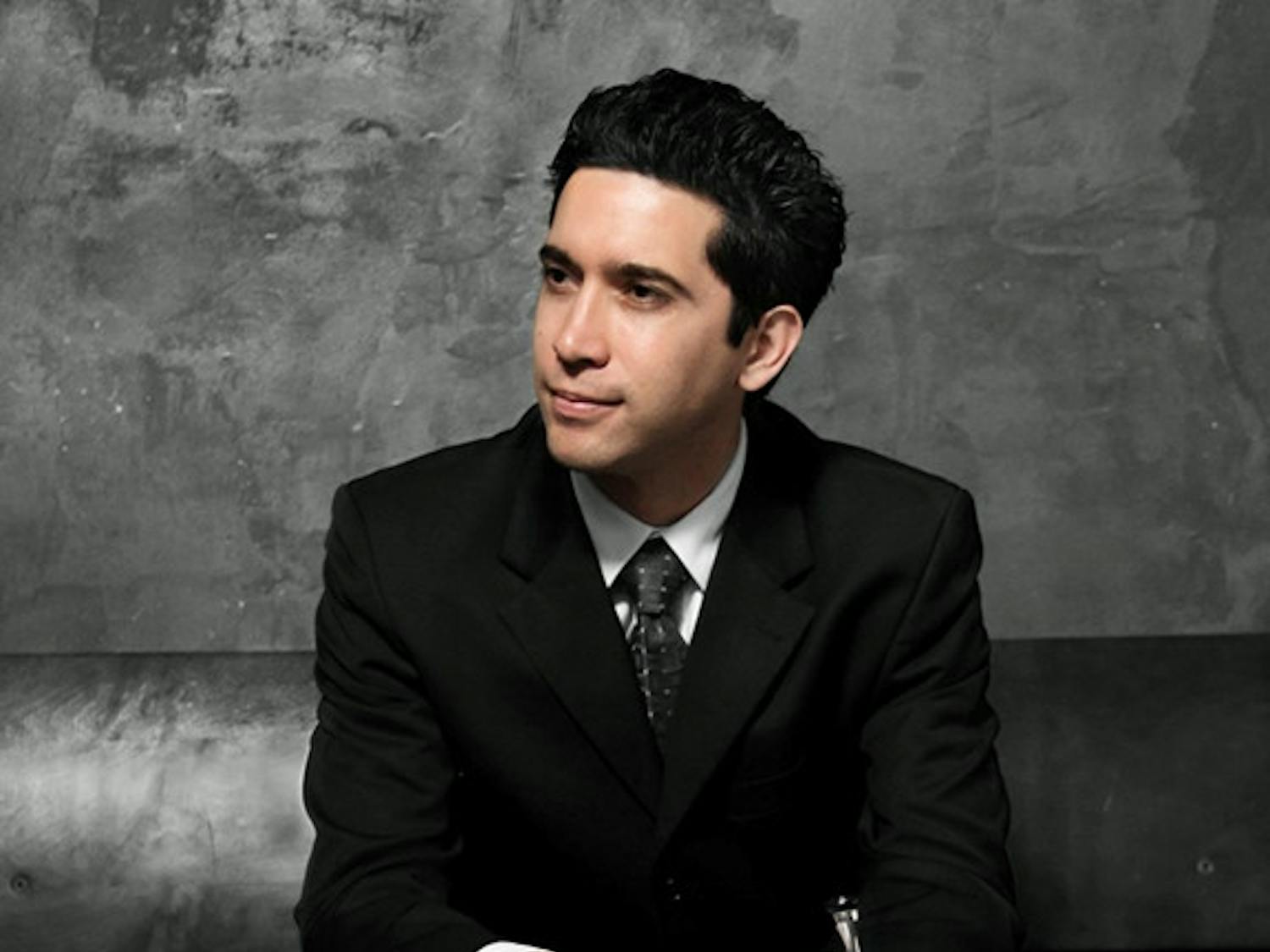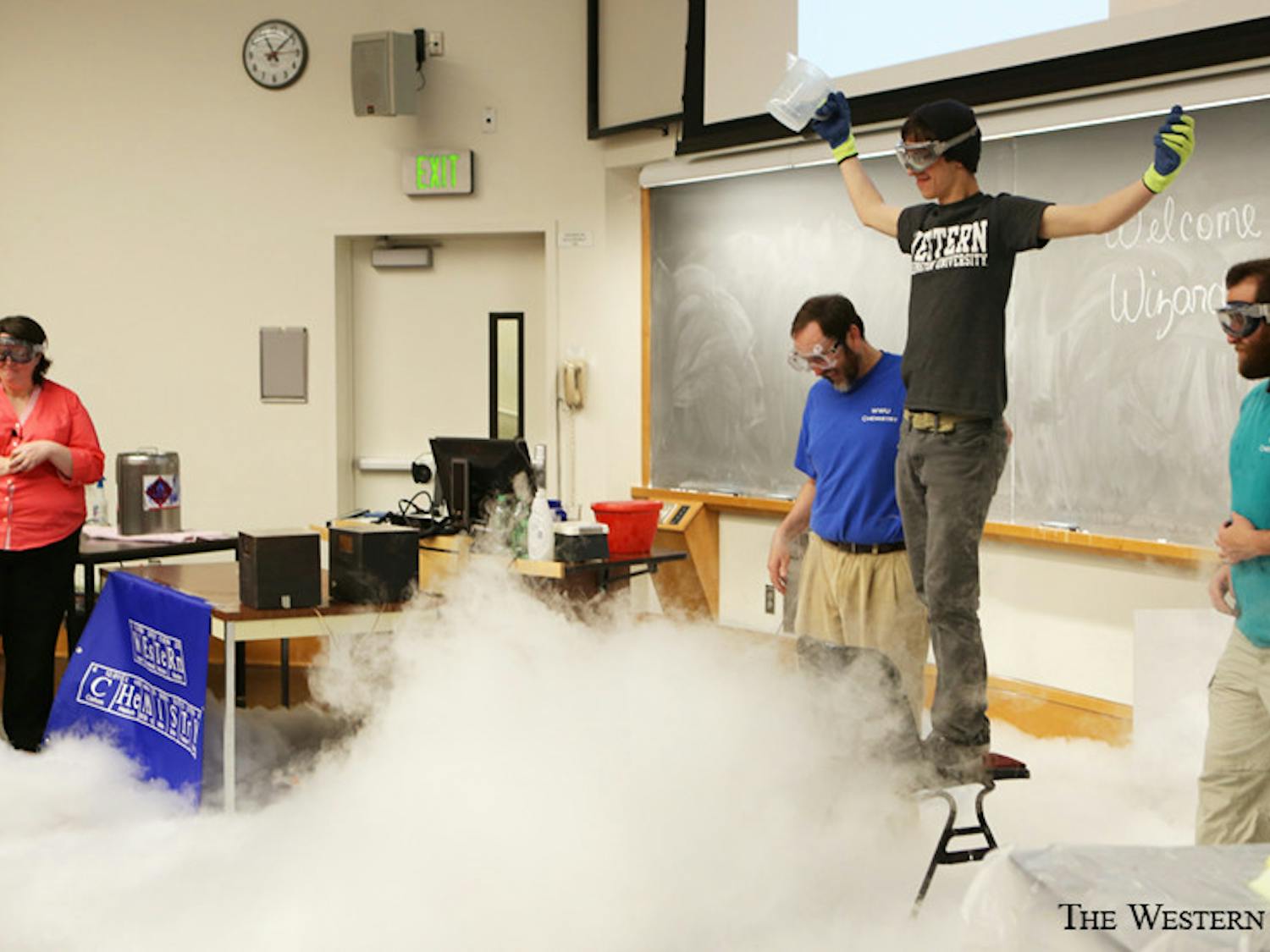News
By The Front
|
May 7
Vanishing sea stars were the subject of community discussion in a small room behind a salvage thrift shop, with concerned citizens gathering to hear the latest news.
Melissa Miner, a Bellingham researcher, spoke late evening Wednesday, April 29, about local sea stars and the disease that is destroying populations along the pacific coast.
Sea stars, also popularly known as starfish, are mysteriously falling sick to “Sea Star Wasting Syndrome” and researchers aren’t sure where the disease originated or even what causes it.
The sea stars infected with the disease initially show white lesions on their bodies. Then, as its skin tissue is eaten away, the sea star’s organs spill out and their legs crawl away from their bodies. Usually, this infection leads to the animal’s quick death.
Miner discussed three recent media headlines that are untrue: the epidemic is not a “solved mystery”. The sea star populations aren’t recovering, she said. And, it’s not caused by the Fukushima disaster from Japan in 2011.
Newspapers proclaimed the mystery “over” when a research paper from 2014 drew an association between a densovirus and the ill sea stars. Not so, Miner said. The study showed strong evidence that the densovirus or a virus sized infection was associated with the sick animals, but that isn’t the answer, she said.
One reason why sea star researchers can’t declare their job done, Miner said, is because the densovirus was present in museum sea star tissue samples as far back as 1942. Only now are biologists seeing a massive die-off of sea stars, meaning the main cause of the wasting syndrome is still not fully understood.
Recently, a surge in young sea stars has led to people proclaiming that sea stars were recovering from the outbreak, Miner said. This second “media myth” is a result of looking at populations in a small area, short-term.
“When you look at it from a broad-scale, the first thing you will notice is that almost everywhere, we’re seeing decline,” she said. The researchers don’t know whether the young sea stars will grow up and survive the disease, or if they also will melt away.
The disease has skipped from location to location, with no clear pattern emerging.
“It didn’t spread nicely from north to south,” Miner said. “We first saw it on the Olympic coast [in 2013], and then it skipped the whole Oregon coast until over a year later. And then, the next place we saw it was central California […] but northern California wasn’t hit until much later.”
Now, the disease has spread to both the west and east coasts of the U.S., with over 10 different species of sea stars affected. Miner said that the data her team has collected shows no clear association with sick sea stars and high temperatures or other factors — nothing that could explain the outbreak.
Among the factors that are not the cause: the Fukushima disaster. The 9.0 earthquake and subsequent tsunami cased a nuclear meltdown that released massive amounts of radiation into the environment; now some people say it’s to blame for the sea star die-offs, Miner said.
Miner said this is one of her favorite myths to disprove. She showed data displaying the costal sites where teams tested for the two radioactive isotopes related to the disaster. They found very low levels of the isotopes in some places and none in others.
“Yes, it’s coming; it’s at very low levels,” she said. “But [the radiation] didn’t get there in time to be the cause of the disease.”
Little is known about sea stars themselves. They have proven difficult to study in the wild. Even their lifespans are unknown; Miner said a scientist claimed they were immortal after he kept some for over 40 years.
“That information just doesn’t exist. You can’t mark sea stars; they drop all the tags,” she said. “There’s actually a bit of a silver lining [because] there are definitely are some things we’ll be able to learn from this event.”
“Sea stars are tricky, because people love sea stars,” Miner said. “They’re the iconic animals of the seashore, but they have no economic value other than bringing tourists to the coast. It’s really hard to get money to do the research.”
How important are sea stars? There are not a lot of predators that eat sea stars, and “that’s part of the reason why they live so long,” Miner said. “You see the occasional gull trying to choke one down. They really aren’t very tasty. But, on the broader scale, we should care because they’re part of a larger community and [their disappearance] will have an impact.”
The talk was attended by about 25 people; halfway filling up the room. Among the audience were members of a citizen stewardship committee, who have been following the news of the declining starfish populations for years.
Marie Hitchman and Lyle Anderson are both members of the citizen committee of Cherry Point Aquatic Reserve, a grant-funded group that is involved with environmental monitoring. They each found the talk interesting and their once-a-month meetings encourage involvement with anything — from proposed laws to habitat problems — that could affect Cherry Point.
Faye Creed, another attendee, has a personal connection to the dying sea stars. She was in a scuba diving group in Bellingham many years ago, and became interested in marine biology. She’s also attended Miner’s other talks on the subject.
“It’s frightening to think that they’re dying like this,” she said. “And it’s interesting to think of the age of the sea stars, because you have no idea.
Miner is married to Western biology professor Benjamin Miner, who is also involved with sea star research. She has studied sea stars for over 20 years and has spoken across Oregon and Washington about the syndrome.
The best way for people to contribute to the sea star monitoring effort,” Miner said, “is to submit observations from their visits to the shore [or underwater dives], both related to the health of stars and the presence or absence of juvenile stars.” The website where people can submit their observations is seastarwasting.org, which also offers identification guides.
The talk was held at the RE Sources Sustainable Living Center. The center is a rentable room where people hold public workshops on a range of subjects, including environmental concerns and sustainable living.
A website mapping all the reports of local sick sea stars can be found at http://www.sickstarfish.com.










